Almost all travelers will agree that experiencing a place through travel is much more powerful than reading about a destination or seeing it on television. In most travels, this is the great blessing: the sights, the sounds, the smells and the vividness that you take with you. But when it comes to the former Nazi concentration camps, is a powerful experience something you necessarily want?
I didn’t know the answer to that question. Maybe it’s something I should have asked myself before my trip to Oświęcim, better known to much of the world as Auschwitz. The name alone stirs up horrific images of war crimes and unimaginable atrocities against civilians — mostly Jews — during the worst war in human history. I knew my visit to Auschwitz would be somber, gloomy and unforgettable. I prepared myself before the visit for the heartbreakingly sad and sorrowful stories of the victims that I would learn about on the tour. But none of this could prepare me for what I would experience.
It’s been more than a month since my first trip to Poland. My visit to Auschwitz has resonated more than I ever thought about any place, and it’s been going on for several weeks now. I cannot simply get some of the haunting images and questions out of my head. What were the prisoners thinking? Why did it happen? Why could it not be stopped? But most importantly, what is preventing something similar from happening again? These are disturbing questions that I cannot turn off.
I don’t know if anything can prepare you for the dark and distressing experience of walking around in Auschwitz. Years ago I visited Dachau, the first Nazi camp in the Bayern region of southern Germany. Therefore, I had seen a Nazi concentration camp up close before. But Auschwitz is a whole different level of enslavement, mistreatment, terror, murder — and a word we don’t use too much these days — evil. This was a level of killing that was so methodically planned and premeditated, the mind struggles to grasp it not only today, but also understand how humans could think in such a way about other human beings. To me that was the most chilling part of visiting Auschwitz, almost as much as the killings themselves.
The famous Jewish diary writer, Anne Frank, once famously said “… in spite of everything I still believe that people are really good at heart.” It’s an extraordinary statement for a girl who was a prisoner at Auschwitz and who was treated worse than any animal. She believed that many people had good souls, but that still doesn’t negate that evil exists. And what causes evil? It could be the environment, it could be hate, or in a religious sense, it could be sin. I don’t have an answer to these philosophical or theological questions. But I grasped that evil lived in Auschwitz. It was hell on Earth, and walking around, I still felt the very heavy and unsettling feelings lingering around every corner. When I left, I felt sick to my stomach.
It’s worth considering the Holocaust through the lens of human history. Genocide has existed throughout the ages. Merriam-Webster’s Dictionary defines it as the deliberate and systematic destruction of a racial, political or cultural group. Genocide knows no borders. In fact, genocide happened in my home region of the United States. The Cherokee people were forcibly displaced from their lands on a death march called the Trail of Tears. African Americans were enslaved for generations after being forcibly sold like cattle from Africa.
I have witnessed more modern traces of genocide in my recent travels across the world. A few years ago I learned about the legacy of genocide committed by the Khmer Rouge in the Killing Fields when I visited Cambodia. I visited Arusha, Tanzania, the city hosting the war tribunals for the Rwandan genocide and read some of the Rwandan stories while I was there. The Cambodia and Rwanda genocides took the term genocide to an unimaginable level of depravity. The masterminds of these genocides intended to deliver widespread death to specific classes or ethnicities of people.
A terrible league of its own
However, Auschwitz is in a horrific league of its own and became the benchmark of genocide. What I witnessed at Auschwitz was the actual result of a very specific plan put into action to totally annihilate the Jewish people. In fact, words regarding the “Final Solution” to the Jewish race, are best explained directly by a quote (translated from German) from one of its architects, SS leader Heinrich Himmler, in October 1943.
“I decided to find a clear solution here as well. I did not consider myself justified to exterminate the men — that is, to kill them or have them killed — and allow the avengers of our sons and grandsons in the form of their children to grow up. The difficult decision had to be taken to make this people disappear from the earth.”
There it is, in writing. The decision to make the Jews disappear forever. These words are so chilling and shocking to even read today. But these were not just words. They were put into action, and those actions happened at Auschwitz with industrial-scale mass killing. I was standing at the epicenter of one of the most barbaric acts of the 20th century, and perhaps human history.
I have never had stories or images so embedded in my mind after traveling to any place. They are sights that will never go away. A place like this is not a travel place to be experienced in a traditional way of tourism. Travel is usually about enjoyment and leisure. Of course a visit to a concentration camp is an exception. My expectation of visiting Auschwitz was to read the facts, learn lessons from the past, and remember the victims. I learned a lot, but I also walked away shocked and disgusted at first. Since then my thoughts have turned to what is being done to prevent another genocide from ever happening again.
Never again
You probably have heard the mantra “never again” in relation to the Holocaust. The mantra is well known around the world and we like to think our world is progressing. That people are winning their rights. That people are more equal. That the world is multicultural and we are transcending borders and even appreciating cultural differences. This may be true in some places, but all it takes is a few maniacs, creating a stigma around people, feeding the fear, and then average people stopping to do anything about it. That’s what led to Auschwitz. It happened then, and it not only can happen again, it’s happening now. It’s exactly what Daesh (ISIS) is doing to Yazidis in northern Iraq and Christians in both Syria and Iraq. Their goal is to wipe them off the map of their “Islamic State.” Not only do extremists continue to rise up, but good people in the world continue to fail at fighting back against this evil.
I could have read about Auschwitz all day, viewed documentaries and watched movies like “Schindler’s List” and “The Pianist,” but nothing prepared me for actually walking into the Auschwitz I camp itself and learning about it firsthand. The same could be said of my visit to Auschwitz-Birkenau (or Auschwitz II) nearby, where the most Jews were murdered. Resting in front of me I witnessed evidence of the crimes vividly, right in front of my very eyes. This is where some things that would normally seem as mundane as suitcases become something terrible.
Evidence of mass extermination
Suitcases are exactly what I saw in a huge display case taking up half of the Block Five barracks room. The leather suitcases, marked with the names of their owners, belonged to Jewish Holocaust victims. But there is more to the story. The Jews brought along items that were most important to them and the Nazis instructed them to mark the suitcases on the outside for later identification when they would pick up their luggage. Of course, like almost everything the Nazis told them, it was a lie. For many Jews, the suitcases remained on the train platforms and were never even put on a train. Instead the only remaining worldly possessions of these victims were confiscated by the Nazis. I could clearly see the names written on the leather cases. Some suitcases are inscribed with the word “Waisenkind” which means orphan; evidence that the Nazis purposely planned to kill Jewish children too.
Block Five contains other displays that remind visitors of the atrocities, designated “Material Evidence of Crime.” An even sadder sight is a huge glass case full of leather shoes. This is when I noticed something really odd. Both the suitcases and the shoes are made of leather, but the suitcases are in good condition while the shoes are deteriorating badly. The reason is because these shoes were treated with Zyklon-B in preparation for sending them back to Germany for other citizens to use. Zyklon-B was the chemical used to gas the Jews, but it was also used to treat clothing for lice. We don’t know the reason for the chemical traces here, but it’s likely these shoes could have been taken off some of the victims after they were gassed. When the Soviet Union liberated Auschwitz-Birkenau in January 1945, they found about 43,000 pairs of shoes in a warehouse. All but six of the clothing warehouse buildings at Birkenau were torched when the Nazis abandoned the camp, and the buildings were still burning when the Soviet liberators arrived nine days later. However, not everything was burned. The Soviets found the Theatergebäude (theater house) just outside the Auschwitz main camp stuffed full of clothing when they liberated the camp.
I also saw another display case in Room Five of Block Five which contains crutches and artificial legs brought by prisoners to Auschwitz-Birkenau. Most of these Jewish victims were considered not suitable for work and sent straight to the gas chambers. These people never had a chance at survival.
But the tour was about to become more personal and revolting. We I entered Room Five of Block Four, I was confronted not by human possessions, but legacies of the victims themselves. There filling a huge glass display case is hair cut from the heads of more than 140,000 victims. It is one of the most disgusting sights I have ever seen because it immediately hit me that I was looking at what little remains of actual victims. Prisoners in all Nazi labor camps had all their hair removed immediately upon arrival to prevent typhus. It also dehumanized them.
One thing I noticed immediately was that the hair is mostly all gray and deteriorating badly. Human hair does not normally deteriorate with age. According to medical investigations by the Institute of Forensic Medicine in Kraków, this hair contains hydrogen cyanide, a poisonous ingredient in agents like Zyklon-B. When the Red Army liberated the camp, they found about 7,000 kilograms of human hair, packed in bags. I have heard this was only a fraction of hair cut from the heads of Jews at Auschwitz because much was sent back to Germany and made into various products. Only at Auschwitz could hair clippings, something that is normally casually swept away, become something so terrible. I will never forget seeing the mounds of hair.
Hell within hell
One of the shocking things about Auschwitz is the horror of the tour never lets up. It was a wave of terror that continued as I entered Block 11. Essentially this is a prison within the prison camp, or as some might describe as hell within hell. Political prisoners awaiting sham and hardly impartial trials were housed in the building, but something more sinister took place in the basement. Prisoners from Auschwitz I and Auschwitz II (Birkenau) were brought to Block 11 for punishment of serious offenses, such as sabotage or attempting to escape. Here they faced unimaginable torture in three different kinds of cells: the “standing” cells, “suffocation” cells and “starvation” cells.
Our guide led us by Standing Cell 22 and explained what happened. This pitch black and 16-square-foot cell required prisoners to crawl in through a tiny bottom door, about the size of small door for a dog. It hosted four prisoners who had to stand because there was no room to lie down or sit down (and of course no latrine). The SS put the prisoners who were being punished in at night and then took them out in the morning to perform a full 12-hour day of work. However, they were the lucky ones in the basement.
Nearby we saw the suffocation cells with a very tiny window and a solid door where prisoners were sent to die. In these cells, prisoners were crammed inside to suffocate to death in pitch darkness. Sometimes the SS guards would light a candle in the cell to use up the oxygen more quickly.
Perhaps the worst were the starvation cells. We saw Cell 18 where other prisoners who sought to escape were condemned to death and not given food and water until they died. Here the famous Franciscan Friar Maksymilian Kolbe, a Franciscan friar, was left to die after he volunteered to take the place of a condemned Polish political prisoner. Long after his fellow prisoners had died, he was still alive after three weeks. The annoyed SS officers then gave him death by an injection of carbolic acid to his heart.
And just when you thought it couldn’t get worse, we walked by Cell 27. Here the Nazis conducted the first mass killing of 600 Russian POWs and 250 sick prisoners with Zyklon-B in September 1941. Perhaps there is no building with a more evil history anywhere in the world.
Outside between Block 11 and Block 10, we strolled through a courtyard with a brick wall connecting the two buildings. In front of this brick wall, we saw a reconstructed black wall designed to protect the back wall from bullet holes. Here is where political prisoners were executed by gunfire. Block 10 next door had wooden boards over the windows painted black so no one outside could see inside. This was where doctors conducted diabolical medical experiments including the sterilization of Jewish women.
Later we visited Auschwitz I’s Crematorium I. Jews were gassed here until July 1942, but it could “only” accommodate 700 victims at a time. Around 60,000 people were killed in this building before the killing was moved to gas chambers at Auschwitz-Birkenau (Auschwitz II). SS Guards told the victims to undress outside, but to keep the victims calm, they told them they were only going to be disinfected. Once inside, the large iron door was locked and the Zyklon-B was thrown inside to kill the victims. Then their bodies were burned to cover up the murders.
We left Auschwitz I the same way we entered: through the infamous ”Arbeit Macht Frei” or ”Work Will Set You Free” gate. The irony was not lost on me as I simply walked out.
Auschwitz-Birkenau — the depths of depravity
It seemed the suffering in Auschwitz I was bad enough, but then we drove about two miles to Auschwitz-Birkenau —perhaps the bloodiest place in the world. While Auschwitz I mainly enslaved non-Jewish political prisoners who were able to work in the factories, Auschwitz-Birkenau was a combination concentration/extermination camp for mostly Jews, which sometimes included entire families. As we disembarked our bus, we saw railroad tracks in front of us. There stretching out before us was the infamous main gate filmed in “Schindler’s List” where the trains rolled in with their doomed Jewish victims packed into cattle cars.
Walking into Auschwitz-Birkenau was chilling. The rails go inside for a full mile. If you remember the haunting scenes from “Schindler’s List” when the trains rolled into Birkenau, the cattle cars came to a halt and the doors were flung open. There the SS soldiers stood outside with dogs, clubs and whips yelling for the Jews to descend the Judenrampe, a wooden platform (which was later destroyed by the Germans when they abandoned Birkenau). Just as depicted in the movie, the men were separated from the women and children by creating two lines. Then each line passed in front of the SS officers, who stood on the ramp, and made their selections of who would live to work and those who would die that very day. To the right were waved the men and women who were healthy, young and judged able to work. The sick, old and children were waved to the left to be gassed immediately. One of the SS doctors was the infamously cruel Dr. Josef Mengele, who whistled and smiled cheerfully as he selected Jews for the gas chamber and twin children for his medical experiments.
Those sent to the gas chambers were deceived by the SS lies that they were going to take a shower to be sanitized. Victims were ordered to undress in an outer chamber and then they walked into what they thought were showers, but what was really a gas chamber. The entire procession was designed to deceive. The SS even gave soap and towels to some to hide the true fate awaiting them inside. Once inside with the doors shut, SS men dumped Zyklon-B pellets through vents in the roof or through the side of the chamber. It wasn’t a quick death. In some cases, it took more than 15 minutes for suffocation to occur.
Perhaps the Jewish prisoners that had it the absolute worst were those that made up the special squad, or Sonderkommando. Their job was to guide victims to the gas chambers and later remove and cremate the corpses. Before burning the bodies, they removed the victims’ hair and took any items such as glasses jewelry and gold dental work. After burning the corpses, Sonderkommando had to bury the ashes, throw them into rivers or set them aside for later use as fertilizers. In fact some studies have shown that the nearby Sola River contains more than 10 feet of ashes at the bottom. Many Sonderkommando committed suicide due to the horrors of their work and most of them would be killed by the SS because they were witnesses to the extermination.
To put in perspective how much death occurred at Birkenau, approximately one in six Jews killed during the Holocaust died here, or about one million in Birkenau (approximately 1.4 million victims total in all three Auschwitz camps). The biggest massacre took place from April to July of 1944 when Hungarian Jews arrived at the camp. Hungary was a German ally, but the nation’s leaders had resisted turning over its Jews until Germany invaded earlier in the year. This is what spurred the building of the rail line into the camp to bring the victims closer to the gas chambers. Over a three-month period, 437,000 Hungarian Jews were sent to Birkenau at a rate of 12,000 a day on trains that were sometimes 40 to 50 cattle cars long. Outside I saw a cattle car exactly like the ones that took the Jews on their final journey. Even the crematoriums couldn’t accommodate the numbers of Hungarian Jews, so the SS also began burning corpses in open-air pits.
The “lucky” Jewish prisoners selected as laborers were basically being granted only a few extra months to live. Approximately 800 to a 1,000 prisoners were crammed into each barracks, making up a revolving camp population of about 90,000 to 200,000 prisoners.
The work was grueling and designed to deliver death through eventual exhaustion. Prisoners received no more than 700 calories per day which typically consisted of a hot drink in the morning followed by a meatless vegetable soup at lunchtime. They would receive a small amount of moldy bread for dinner. It certainly was not enough to sustain prisoners who worked outside for up to 12 hours during the summer in the gravel pits and construction projects. Additionally, sanitation was terrible.
Death, liberation and remembering the victims
During the visit to Birkenau, we saw the remains of Krema II and Krema III, the two largest crematoriums at the far end of the camp near the end of the rail line. The Nazis blew them up before abandoning the camp, but you can still visualize what they looked like. The roofs were bombed and collapsed inward on the underground chambers. It is truly a terrifying sight, even in its remaining condition.
Two years after the war ended, Poland created a museum at Auschwitz, which was named a UNESCO World Heritage Site in 1979. The whole museum is well run by the Polish government and does a excellent job in educating visitors about the Holocaust that happened at Auschwitz. For me, one of the highlights was seeing the International Monument located near the bombed Krema II and Krema III in Birkenau. It was built in 1967 and is a huge monument composed of dark stones. I was told that around the monument, almost 1.5 million small stones represent each of the victims. Granite slabs stand in front with metal plates on top inscribed in every significant European language. They say these words:
“For ever let this place be a cry of despair and a warning to humanity, where the Nazis murdered about one and a half million men, women and children mainly Jews from various countries of Europe. Auschwitz-Birkenau 1940-1945.”
Soviet troops in the First Army of the Ukrainian Front liberated all three Auschwitz camps on January 27, 1945. According to Otto Frank, Anne Frank’s father who was stationed at the camp, before the Nazis fled, the SS gave prisoners the choice to stay or march in the evacuation with the SS. Approximately 60,000 prisoners chose to go with the Germans and many of them didn’t survive the march west. The SS shot those who couldn’t keep up. Otto stayed and survived.
Eventually, about 12 percent of Auschwitz’s 6,500 staff were brought to trial, with some executed and others sentenced to prison. Justice will never be fully served and nothing will ever bring back the victims. I thought about at all of the human lives wasted. I contemplated the children who would never deliver their gifts and talents to the world, such as a future scientist who might have cured cancer. My heart was broken over the families torn apart and other entire families who were wiped from the pages of history.
I will come back to the word evil. If there ever was hell on earth, this was it. We will never understand the depravity and hatred that made the Nazis carry out these crimes. For me, visiting Auschwitz and Auschwitz-Birkenau was truly a draining and sickening look into the face of evil and a walk through hell. We can only hope that our leaders today and tomorrow do whatever it takes to stop genocide anywhere from ever happening again.
Categories: Europe, Uncategorized
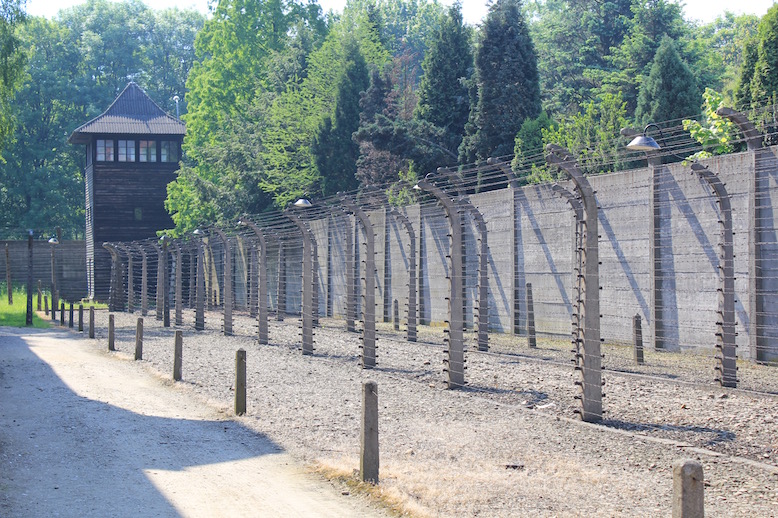

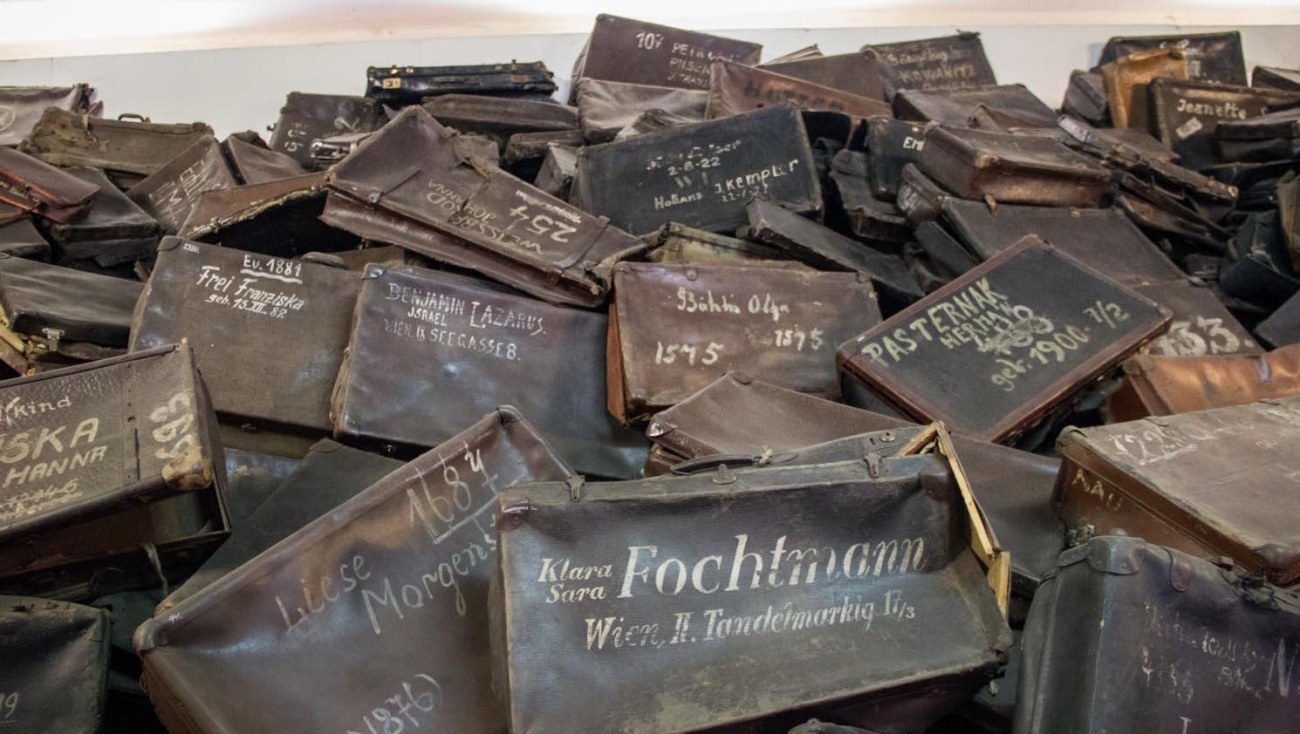

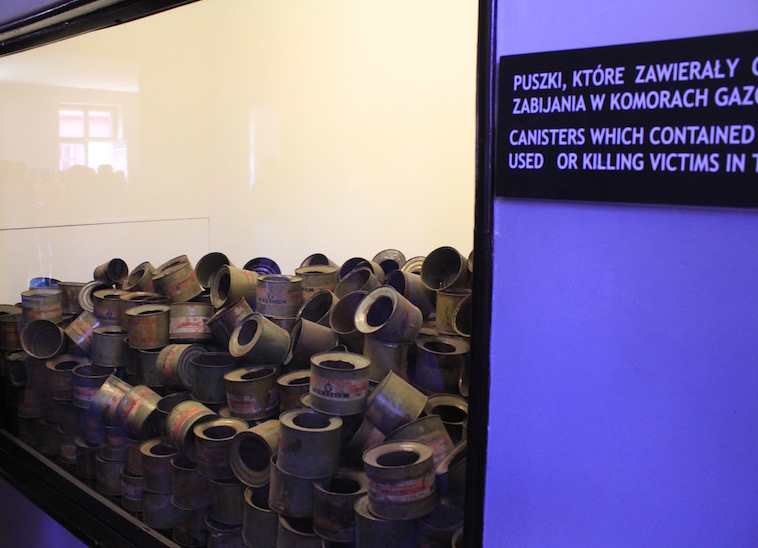
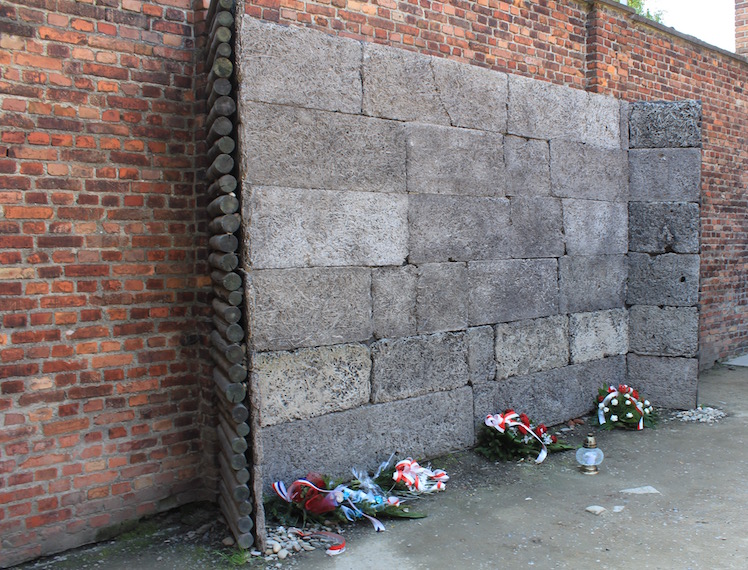

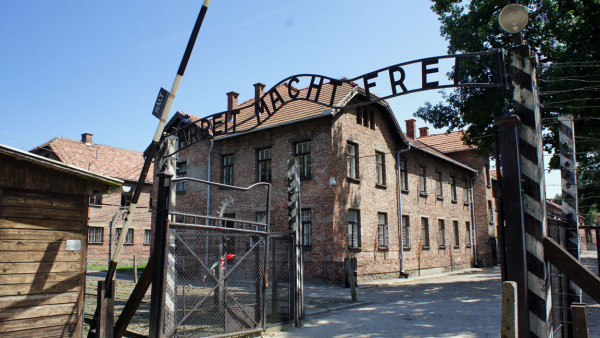
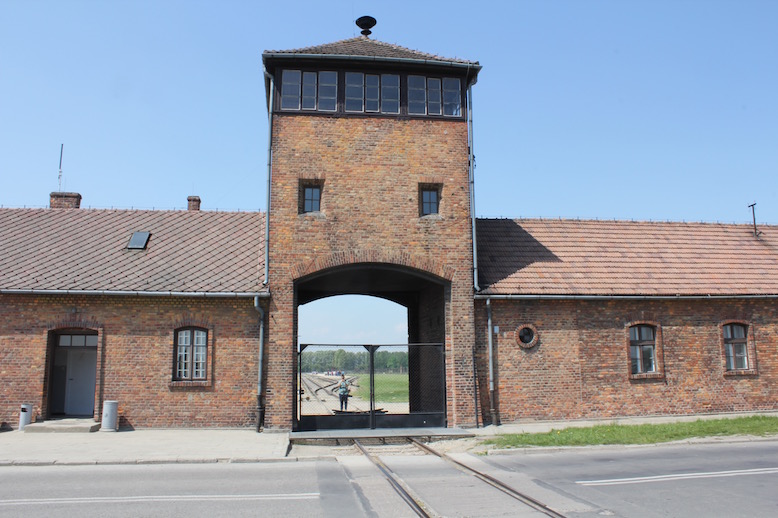
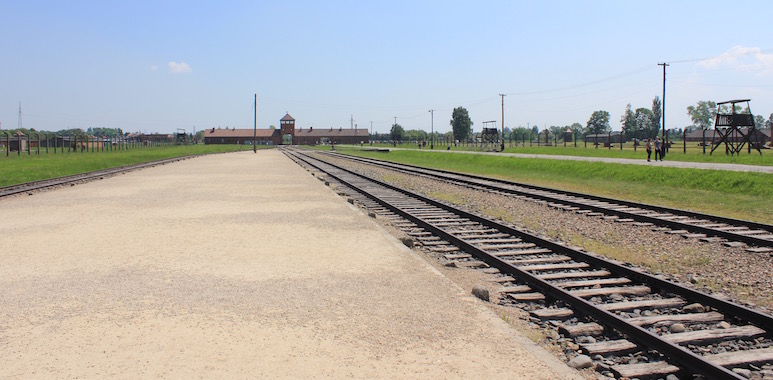

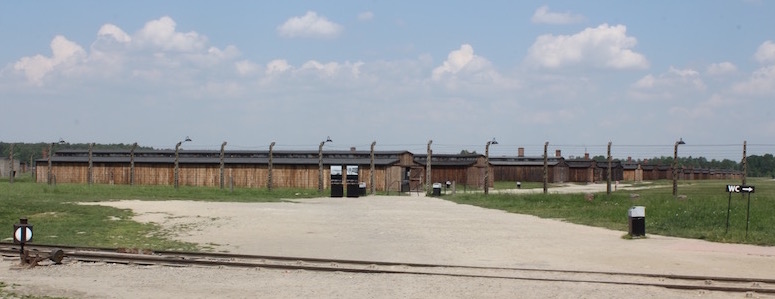
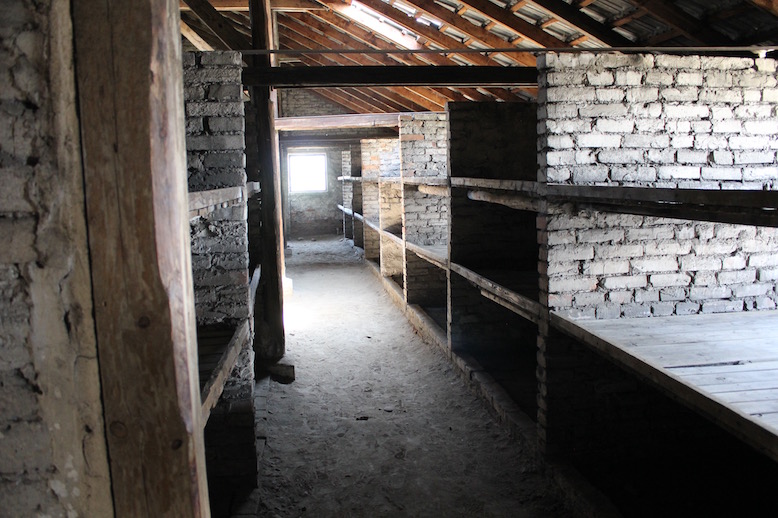
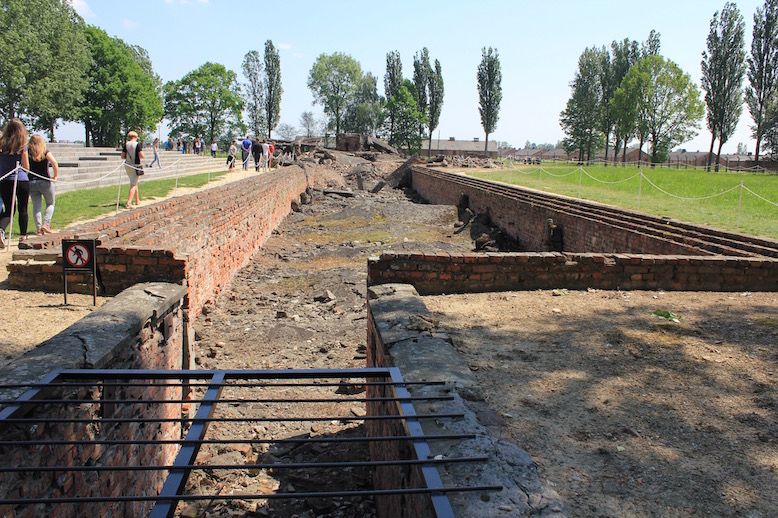
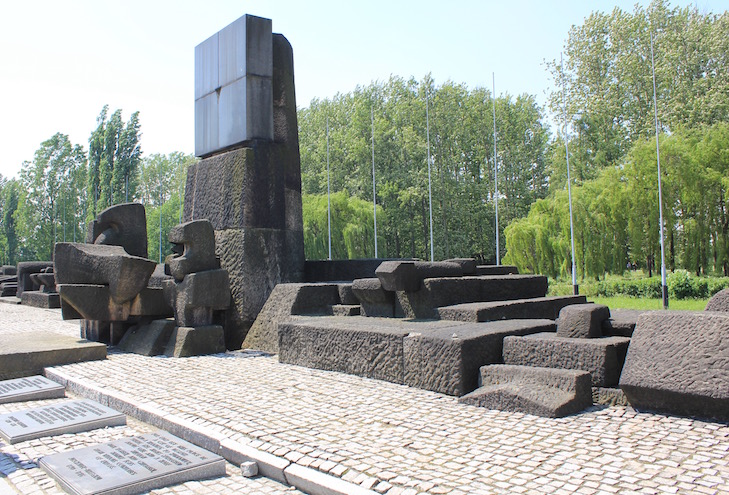
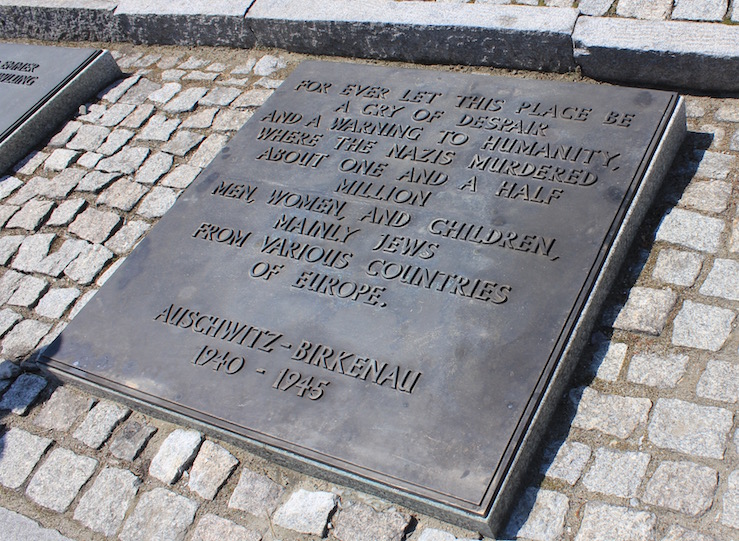
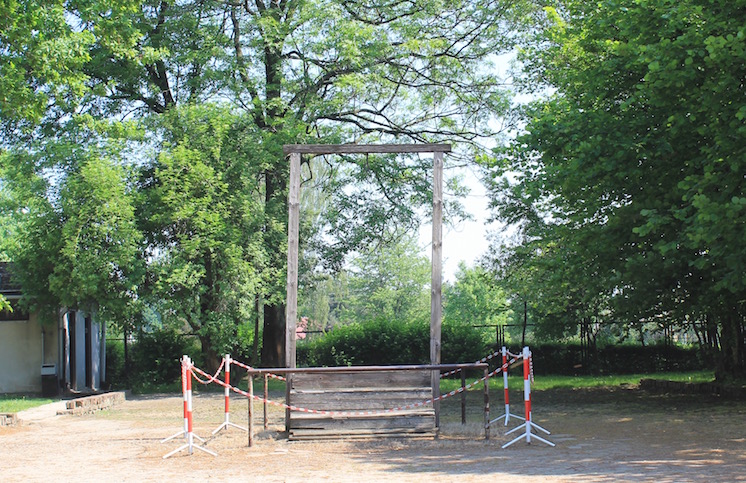
Very interesting read, Kevin. There is absolutely no way that I would be able to visit any concentration camps. I think I would be haunted forever. But I enjoyed reading your description and feelings towards what you saw and felt.
LikeLike
@Anna Thanks for the nice comments. I think you might be able to go if you mentally prepare yourself for it, but you definitely will never forget some of the things you see.
LikeLike
I have never visited the concentration camps. Your words allowed me to think about what these poor human beings must have experienced. Well written. Bob RT
LikeLike
Thanks very much, Bob.
LikeLike